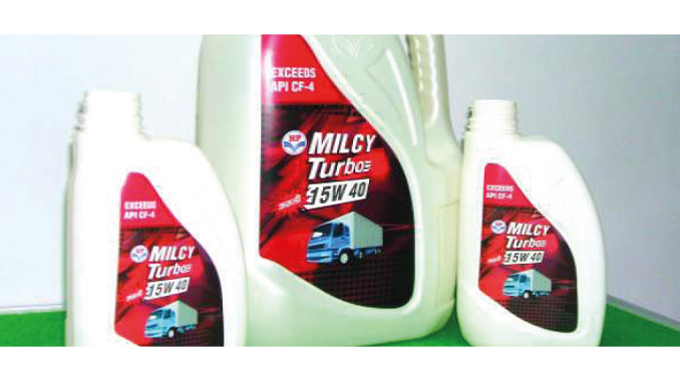★You are viewing this content as a subscriber
★Subscribers only
Product decoration technologies: in-mold labels
Review the processes and possibilities of in-mold labeling
In-mold labeling (IML) is a decorating technique used worldwide for blow molded bottles as well as injection molded and thermoformed containers, or other plastic objects.
In-mold labeling is a process that allows for the decoration of plastic containers as part of the molding process. In simple terms a pre-printed paper, synthetic or film label which is placed inside the mold before the plastic is blown, injected or thermo-formed to produce a plastic bottle or tub.
Stay up to date
Subscribe to the free Label News newsletter and receive the latest content every week. We'll never share your email address.




